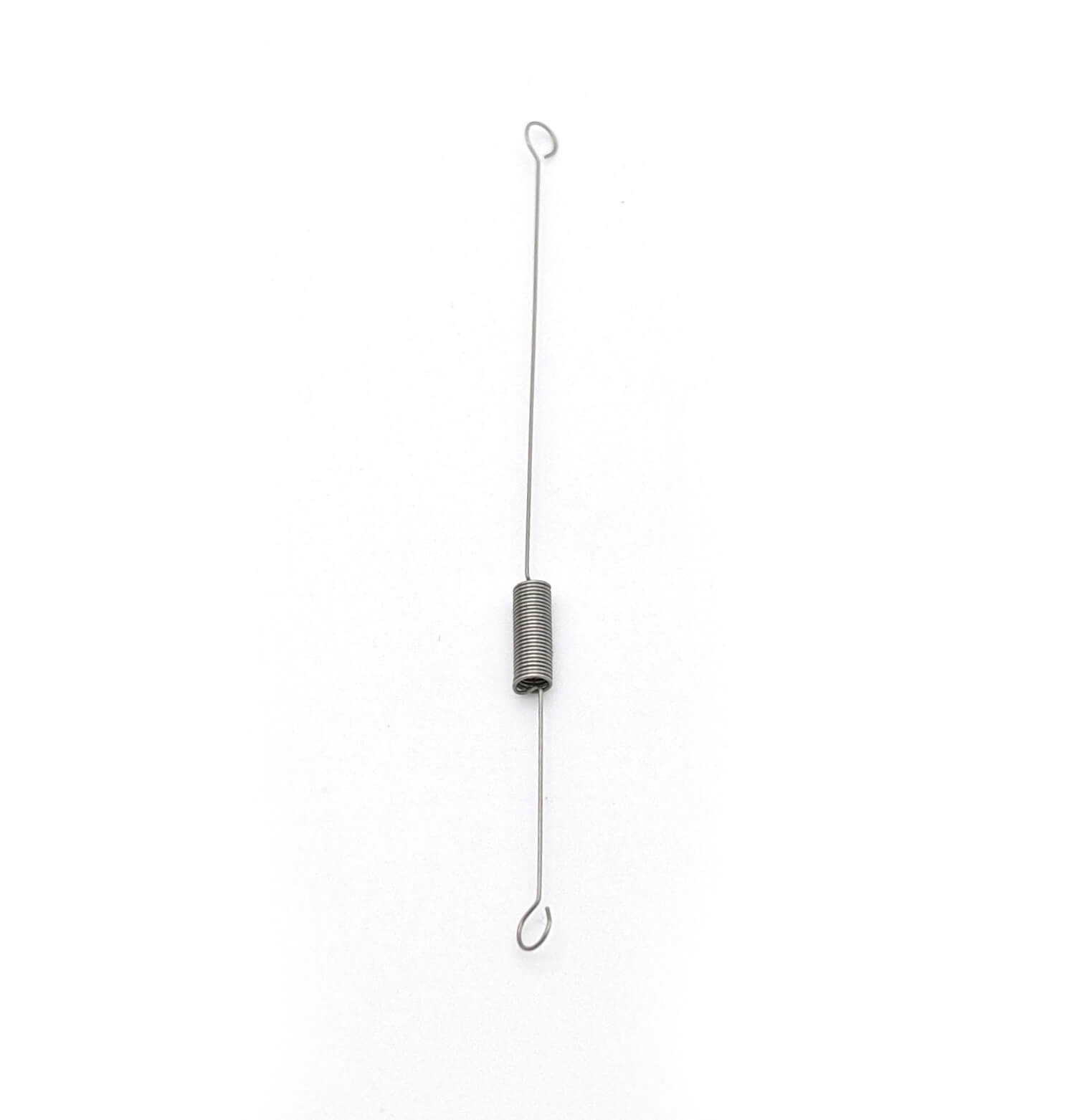Get unique, complex parts easily. No matter your requirements, Chaoyi Spring creates hard-to-produce coil springs and wire forms.
Let us help you create the custom wire form you need, from S-hooks and J-hooks to utility hooks and more.
We work closely with customers across a wide range of industries, helping them design and manufacture made-to-order parts.
Why choose Chaoyi Spring? We prioritize customer-focused collaboration, modern equipment and the latest technology to make your parts per print.
Find the information and guidance you need, from measuring a spring to learning about materials, placing an order and much more.
Springs, those ubiquitous and often unappreciated components, are essential in countless mechanical and engineering applications. From the simple act of opening a door to the intricate workings of a car


Springs, those ubiquitous and often unappreciated components, are essential in countless mechanical and engineering applications. From the simple act of opening a door to the intricate workings of a car suspension, springs are the unsung heroes of our modern world. But what exactly makes a spring work? The answer lies in its ability to compress, a phenomenon governed by a fundamental formula that governs the force and displacement relationship within a spring. This article will delve into the heart of compression in springs, exploring the formula, its applications, and its significance in various engineering disciplines.

The foundation of understanding compression in springs rests on Hooke's Law, a fundamental principle of physics that describes the relationship between the force applied to a spring and the resulting displacement. It states that the force exerted by a spring is directly proportional to its extension or compression from its equilibrium position. In simpler terms, the more you compress or stretch a spring, the stronger the force it exerts back.
Mathematically, Hooke's Law is expressed as:
F = -kx
where:
The negative sign indicates that the force exerted by the spring always opposes the displacement. For example, if you compress a spring, it pushes back with a force in the opposite direction. Conversely, if you stretch a spring, it pulls back with a force in the opposite direction.
The principle of compression in springs finds a vast array of applications across various fields. Let's explore some key examples:
In mechanical engineering, compression springs are ubiquitous. They play crucial roles in:
While compression springs are less prevalent in electrical engineering, they still play crucial roles in:
In aerospace engineering, compression springs are essential in:
Even in the medical field, compression springs are vital components in:
The compression behavior of a spring is influenced by several factors:
When designing a spring for a specific application, careful consideration must be given to the desired compression characteristics. This involves:
While Hooke's Law provides a good approximation for the behavior of springs under small displacements, it's important to note that real springs exhibit nonlinear behavior at larger displacements. As the spring is compressed or stretched beyond its elastic limit, the force-displacement relationship deviates from linearity. This nonlinearity is attributed to factors like:
Compression in springs is a fundamental principle that forms the bedrock of countless engineering applications. By understanding Hooke's Law and the factors affecting spring compression, engineers can design and utilize springs effectively in various systems. The vast range of applications, from simple door closers to complex aircraft landing gear, highlights the importance of compression in springs in our modern world. As we continue to innovate and push the boundaries of engineering, the role of springs and their compression behavior will continue to be essential.
In conclusion, the compression of springs is a core concept in physics and engineering, governed by Hooke's Law. This law allows us to predict the force a spring exerts based on its displacement. The applications of compression in springs are diverse, spanning mechanical, electrical, aerospace, and medical fields. Engineers meticulously design springs considering factors like spring constant, material properties, and geometry to achieve optimal compression characteristics. While Hooke's Law provides a valuable approximation, it's crucial to remember that real springs exhibit nonlinear behavior at larger displacements, which must be taken into account for accurate modeling and design. As technology advances, understanding compression in springs will remain crucial for developing innovative solutions in diverse industries.
Browse some of the custom wire forms and springs that we manufacture. Don’t see what you need? We specialize in made-to-order products that meet your application requirements.
Visit Our GalleryNeed a custom wire form or coil spring? We make it work. Fill out the contact form and a representative will respond within 1 business day. If you have a PDF or CAD file, you can submit to request a quote.